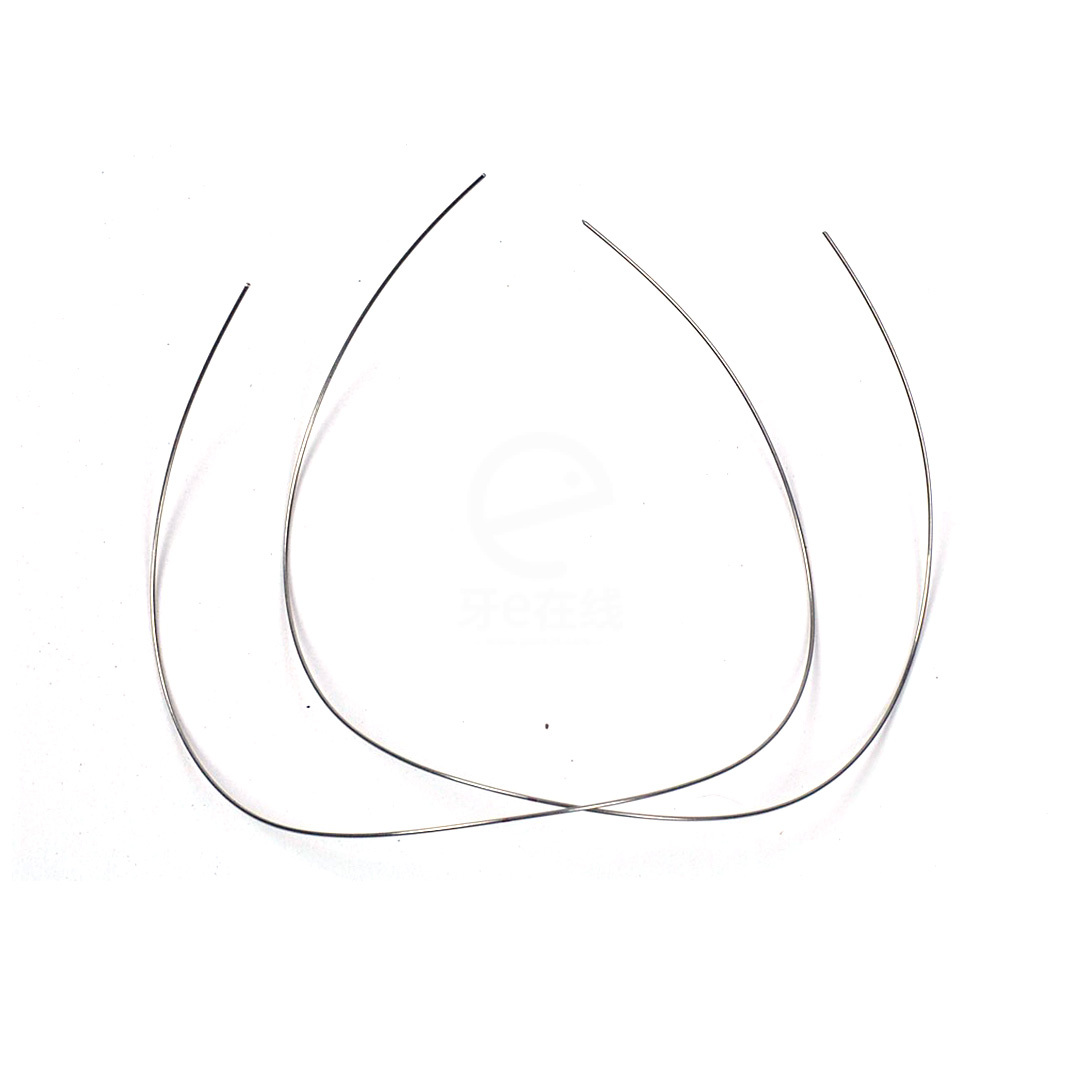zahnextraktionszangen Namen
Die Bezeichnungen von Zahnextraktionszangen stellen ein umfassendes Klassifizierungssystem für spezialisierte Instrumente dar, die bei Zahnentfernungsverfahren verwendet werden. Diese Zangen sind sorgfältig konstruiert und anhand ihrer spezifischen Anwendungen, Zahnpositionen und charakteristischen Merkmale benannt. Die Benennung umfasst in der Regel numerische Kennzeichnungen (150, 151 usw.) sowie anatomische Bezüge, die auf ihren Einsatzbereich hinweisen. Ober- und Unterkieferzangen sind deutlich voneinander unterschieden, mit Varianten für Schneidezähne, Prämolaren und Molaren. Beispielsweise sind englische Muster-Extraktionszangen wie die Nr. 150 für obere Molaren ausgelegt, während die Nr. 151 speziell für untere Molaren entwickelt wurde. Die Bezeichnungen spiegeln zudem wichtige konstruktive Elemente wider, wie Schnäbel, Griffe und Winkelangaben, die die Effizienz der Extraktion verbessern. Moderne Extraktionszangen beinhalten ergonomische Aspekte in ihrem Design, mit gezackten Schnäbeln für eine verbesserte Griffigkeit und exakt abgewinkelten Griffen zur optimalen Kraftübertragung. Das Namenssystem hilft Zahnmedizinern dabei, schnell das geeignete Instrument für spezifische Extraktionsverfahren zu identifizieren und einzusetzen, wodurch die Prozedureffizienz sowie die Ergebnisse für den Patienten verbessert werden.


